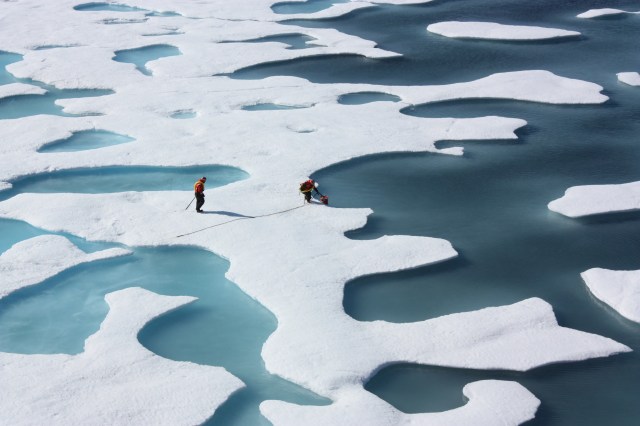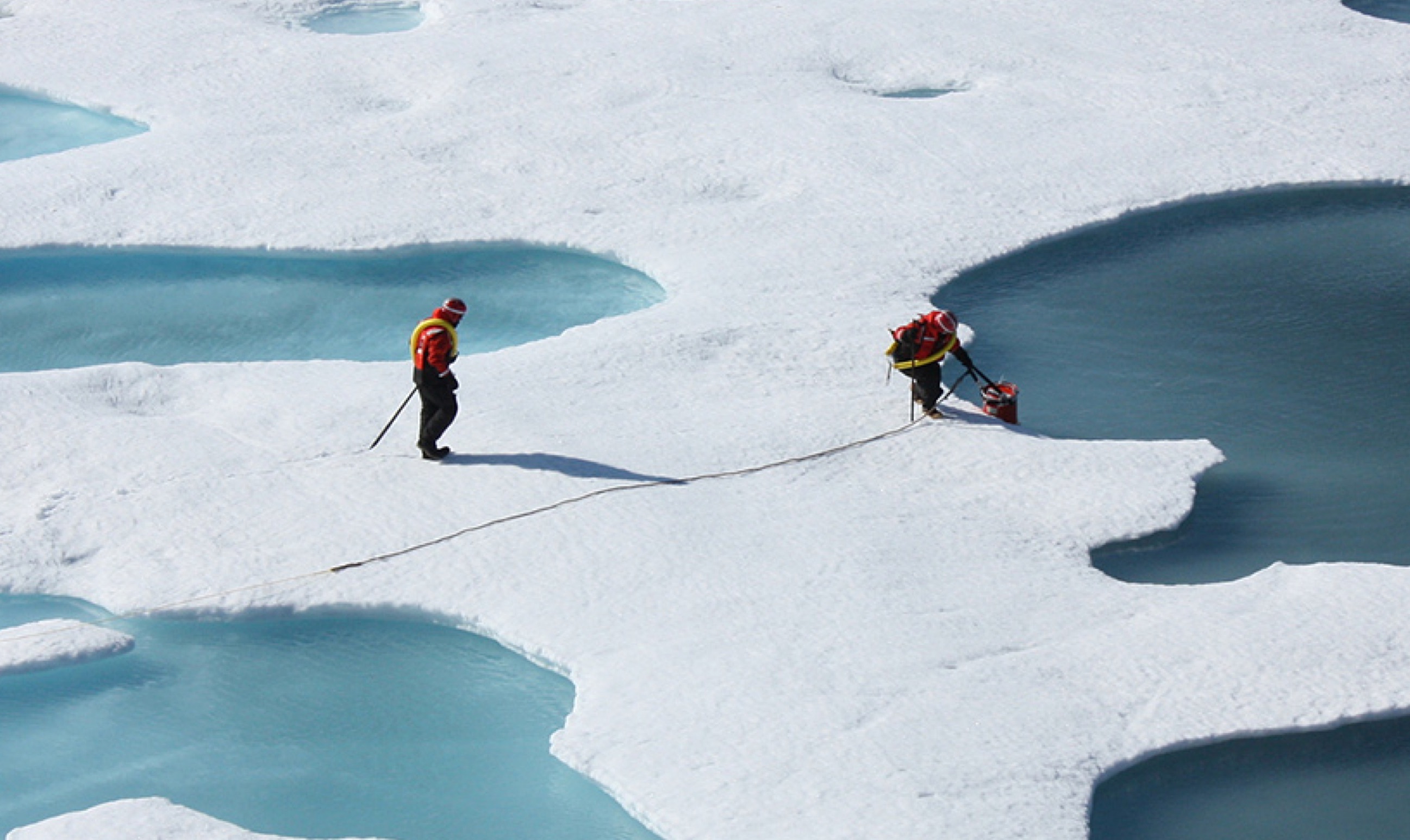Procrustes Stretched
Dante's Manifesto
Too bad you don't research the links in your linked article.
50 Years of Failed Doomsday, Eco-pocalyptic Predictions; the So-called 'experts' Are 0-50
This week Myron Ebell (director of the Center for Energy and Environment at the Competitive Enterprise Institute) and Steven J. Milloy published a post on the Competitive Enterprise Institute (CEI) blog titled “Wrong Again: 50 Years of Failed Eco-pocalyptic Predictions:” Modern doomsayers have...www.aei.org


